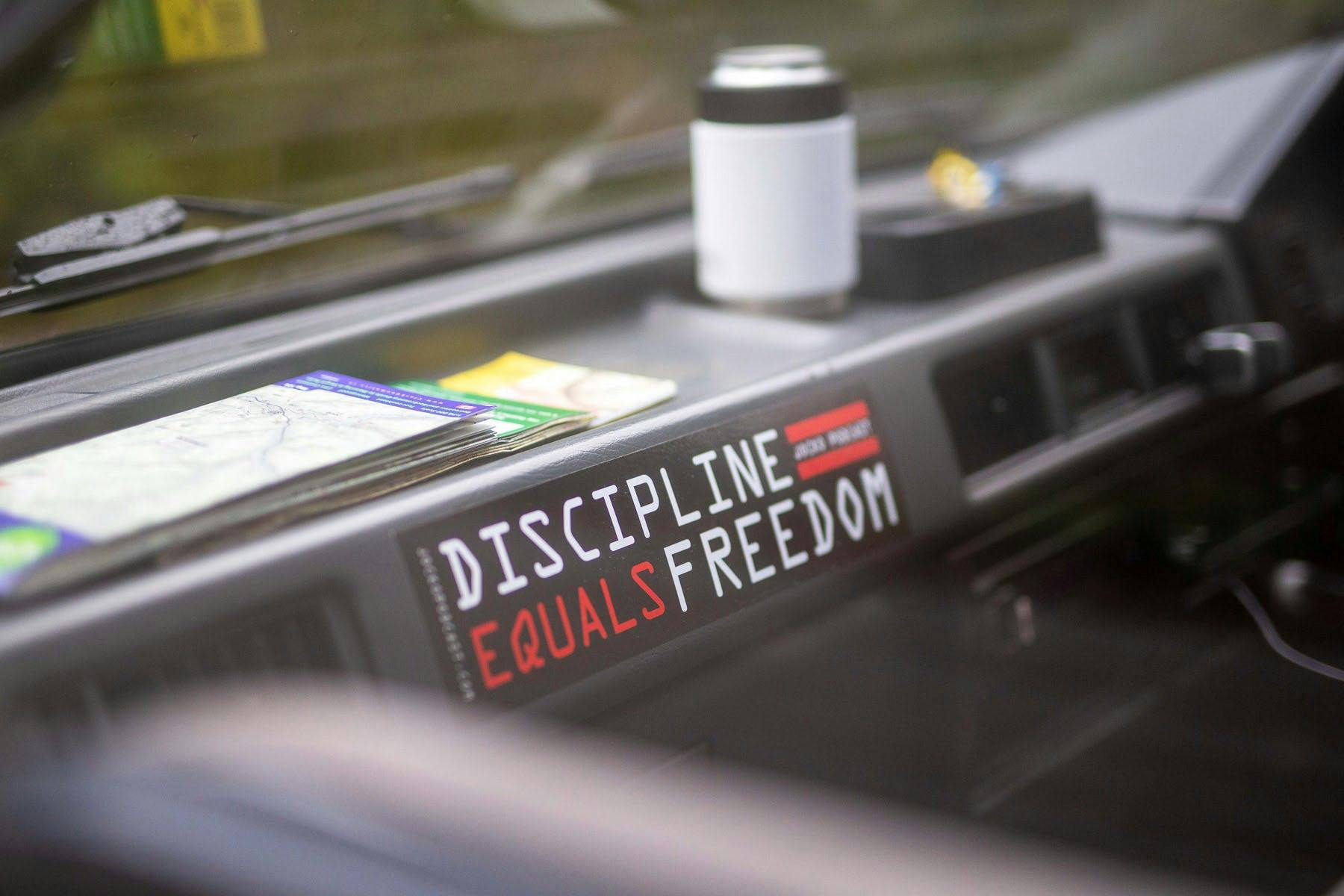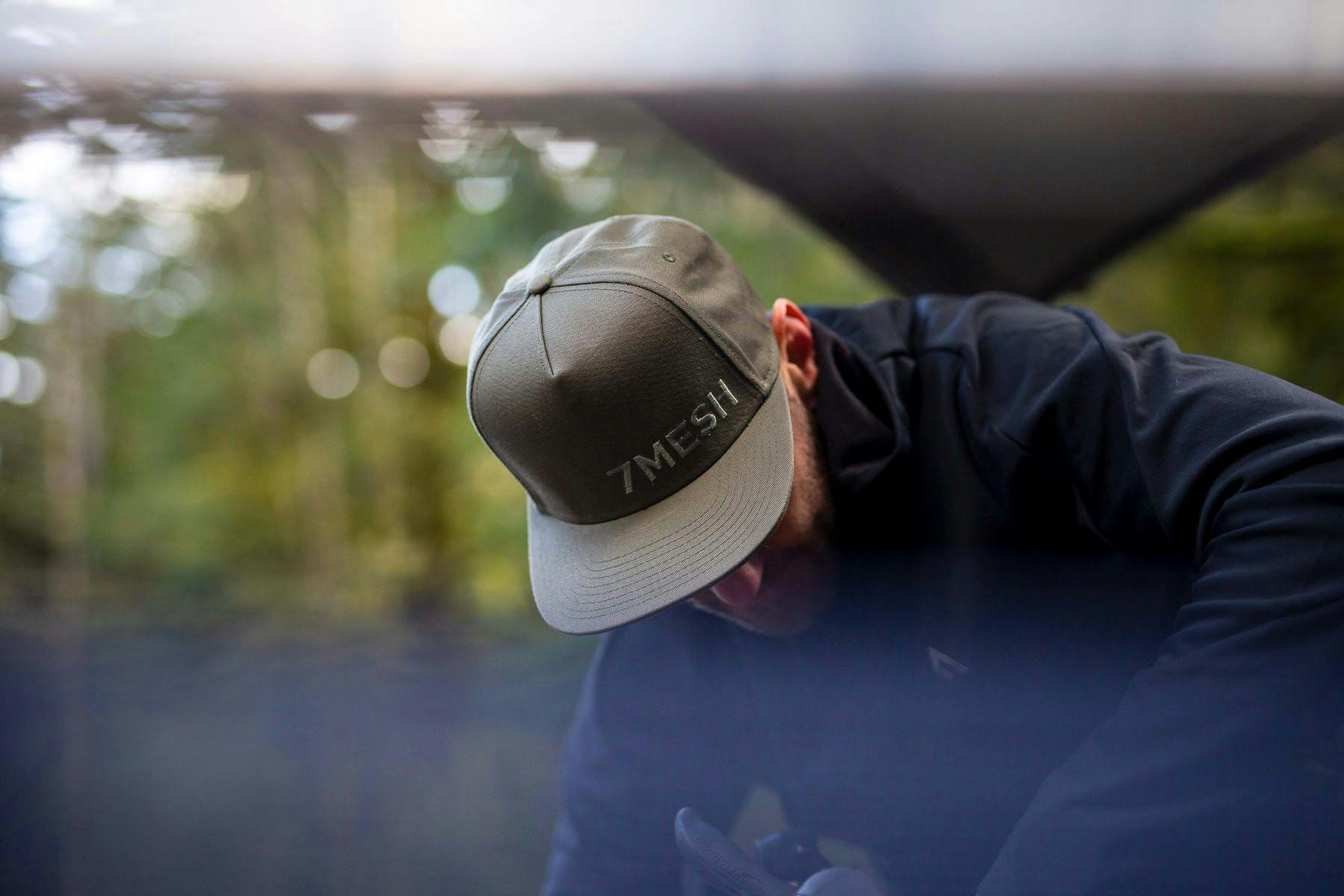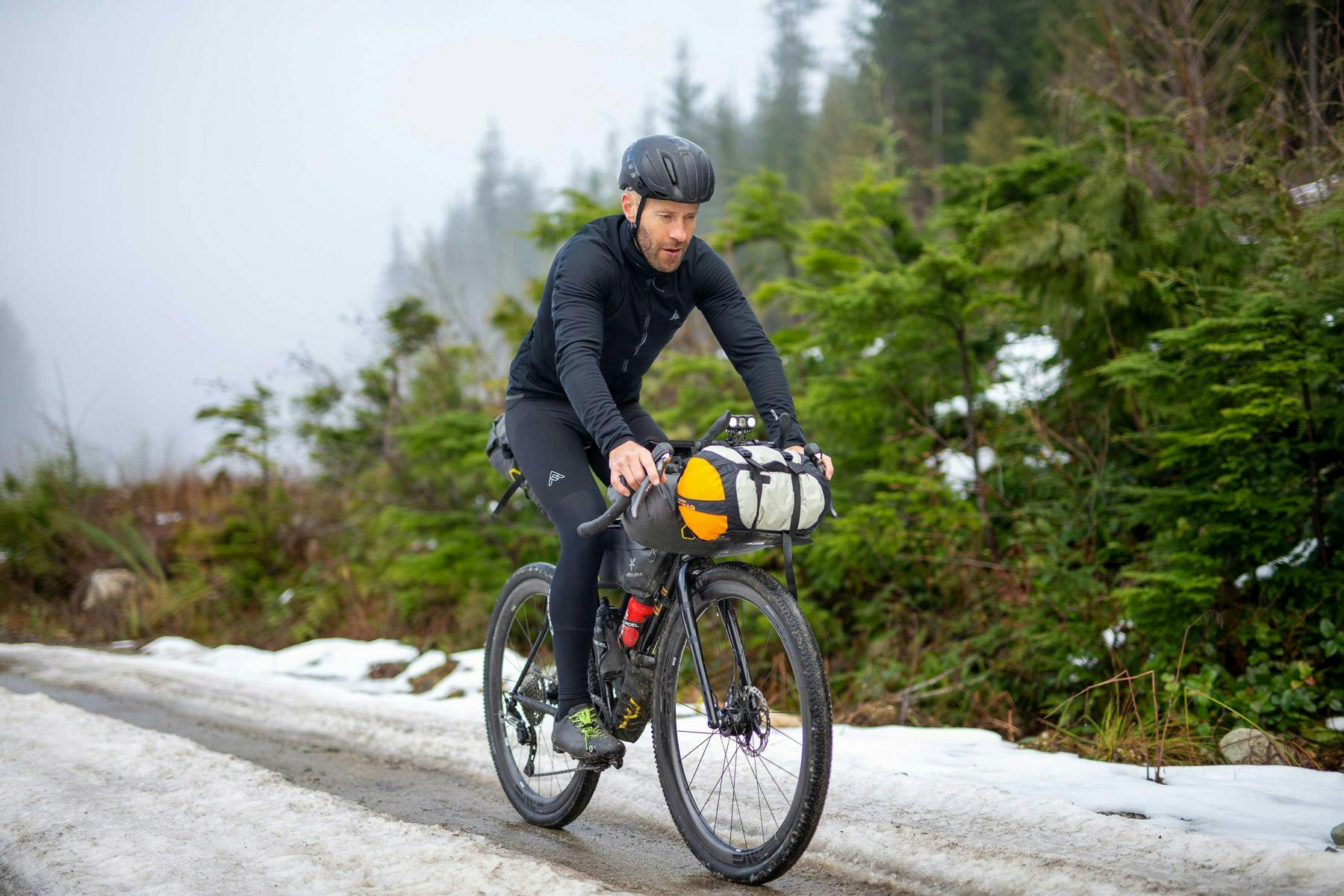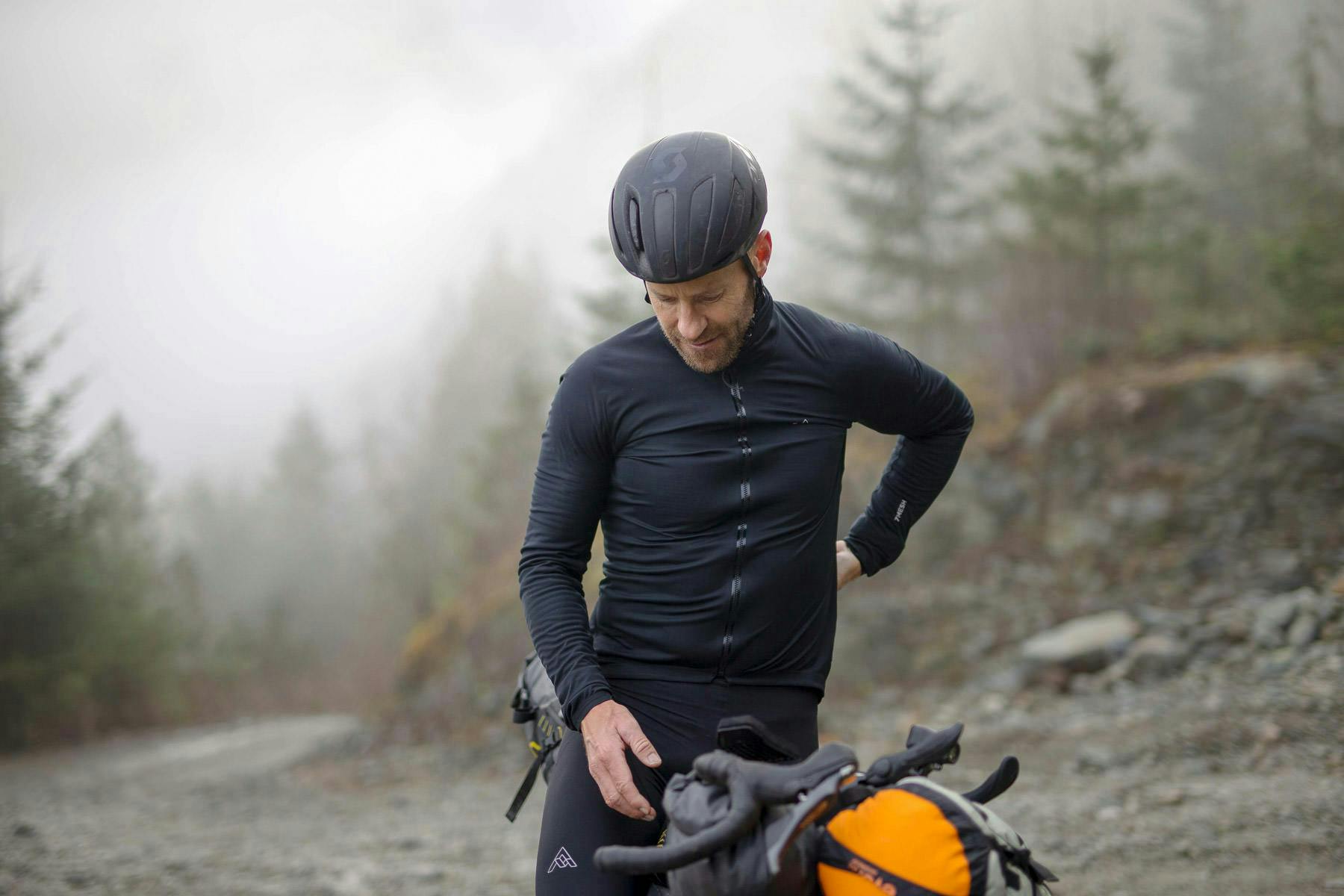The Perfect Struggle: Svein Tuft on Bikepacking
Words: Pete Harrington
Photos: @alexhinkson1
“Without struggle, I’m not really a content, happy person,” admits Svein Tuft, legendary before-there-was-bikepacking adventurer, Giro d’Italia stage winner, Tour de France stage winner, and Canadian national champion thirteen times over. “I struggle without struggle.”
Not that you would think so from talking to him on the phone today. Svein is, if not chipper, then talkative, open and friendly. The sort of guy who would happily dispense advice about the best way to beat back a wolf attack in the wild (carry an aluminium hockey stick and go nuts), survive a sub-zero night stuck on a remote cliff (don’t go back for stuck rope), and reconnect with nature (hike without boots). But then he has just spent the weekend exploring the wilds of British Columbia’s Manning Park.
Recently returned to Canada with his wife and young son after eight years in Andorra, Spain, much of them as a pro cyclist, Svein is eager to reconnect with the country he spent his early years endlessly criss-crossing by bike and trailer (for his wolf-chasing dog, Bear). “I’m still fascinated, and my imagination still goes crazy when I can go into new, unexplored areas,” he says. “When you cross over a mountain range that you see all the time, and then you get into that valley behind, to me, that’s the fascinating stuff. To this day, that’s what motivates me.”
Svein and I are meant to be talking about Dream Rides, the places he’d like to cycle this year after a disrupted 2020. But it’s slowly dawning on me that asking a man who once rode 2000km from Andorra to the UK – to get to the start of a bike race – about his future riding plans is a bit like asking a toaster what it does on weekends. To Svein, riding is life itself, complete with all of its ups, downs and uncertainties. “When I’m looking at a new place to ride, the thing I get most excited about is the possibility of linking old trails and old paths to each other. Maybe that line on the map is an old road that somehow connects to a new valley, or maybe it doesn’t exist. You just have to go and do it,” he says. “And that’s kind of the excitement. You don’t know what the route is going to throw at you. Sometimes connecting through is just golden. Sometimes it’s perfect. And other times it’s an absolute nightmare!” he laughs. “But that unknown factor is one of the best parts of life – things aren’t always perfect.”
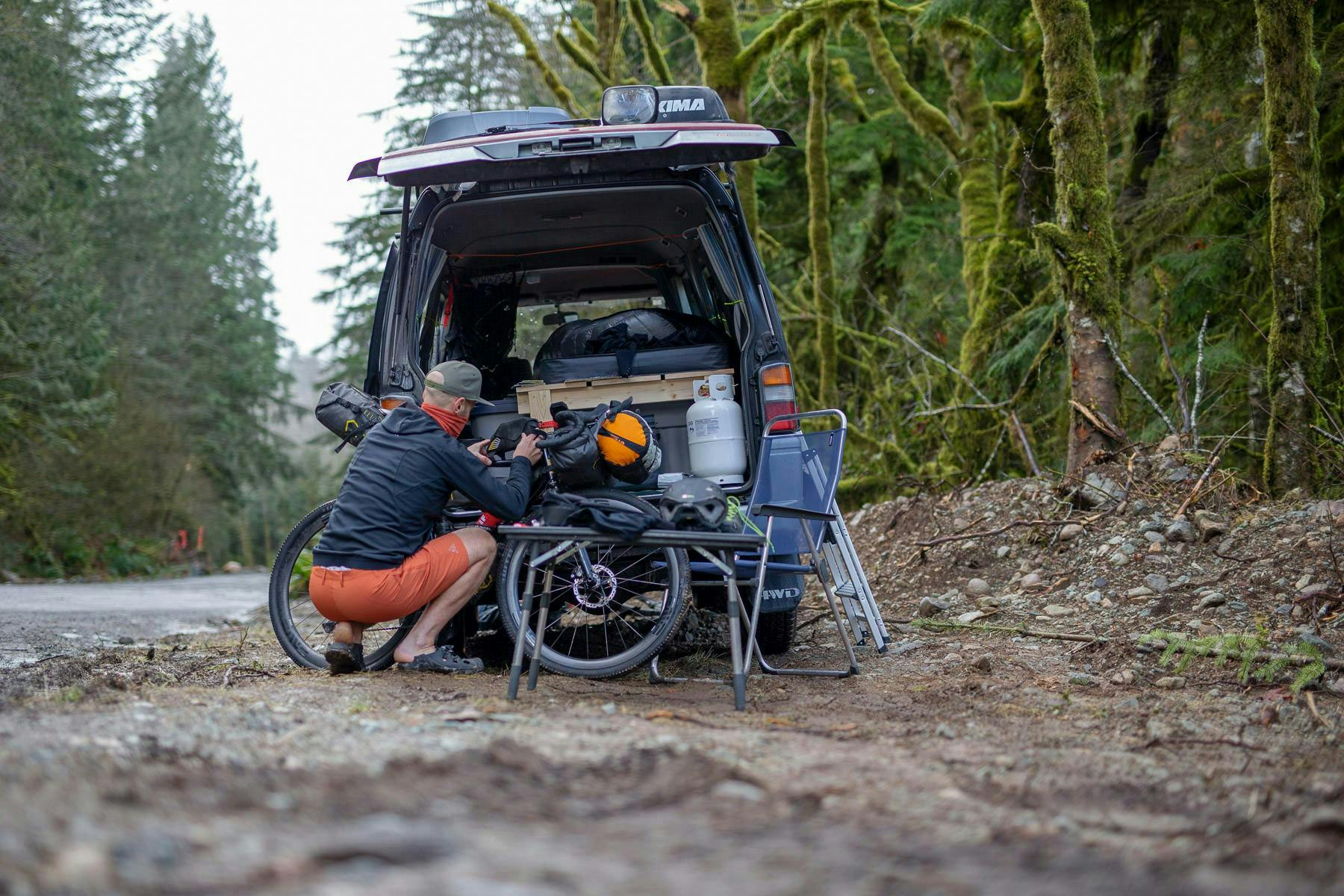
Yet in so many areas of life, perfection is what we’re told to strive for. And when we fail to achieve it, things don’t feel so good, as Svein is the first to recognise. “I think a lot of that has to do with just perspective in life, right? I’ve had friends where I know I’ve experienced the same thing with them – we were on the same ride. But when you hear their stories it sounds so dramatic and stressful and ridiculous,” he laughs. “And maybe it’s just that I have a gold pitch mind, but my recollection of that ride was like, ‘oh yeah, that happened, but we got through, right? It was okay.’ And I think so much of life is just down to shrugging off the idea of perfection. Things are going to go sideways.”
“When I’m looking at a new place to ride, the thing I get most excited about is the possibility of linking old trails and old paths to each other. Maybe that line on the map is an old road that somehow connects to a new valley, or maybe it doesn’t exist. You just have to go and do it.”
But whereas the younger Svein would rely on luck in a pinch, the older, wiser Svein now likes to prepare. Although he still hates insurance. “I don’t like to automatically assume bad things are going to happen,” he admits. “I stupidly assume things will be just super, you know? And of course, they won’t. But when something does happen, no matter how stressful, annoying and frustrating, it’s also what I feel is a necessary struggle,” he says. “We don’t have much of that in our lives anymore. We have a different kind of stress that is, I think, way, way more unhealthy.” More synthetic and constant? “Yes, created by us. And we live with it constantly in our minds. So nowadays I almost get excited when things go a bit sideways and are a bit life-threatening because unfortunately, that’s what it takes to make me feel alive!”

Callaghan Hoody – Men and Women | Farside Short – Men and Women
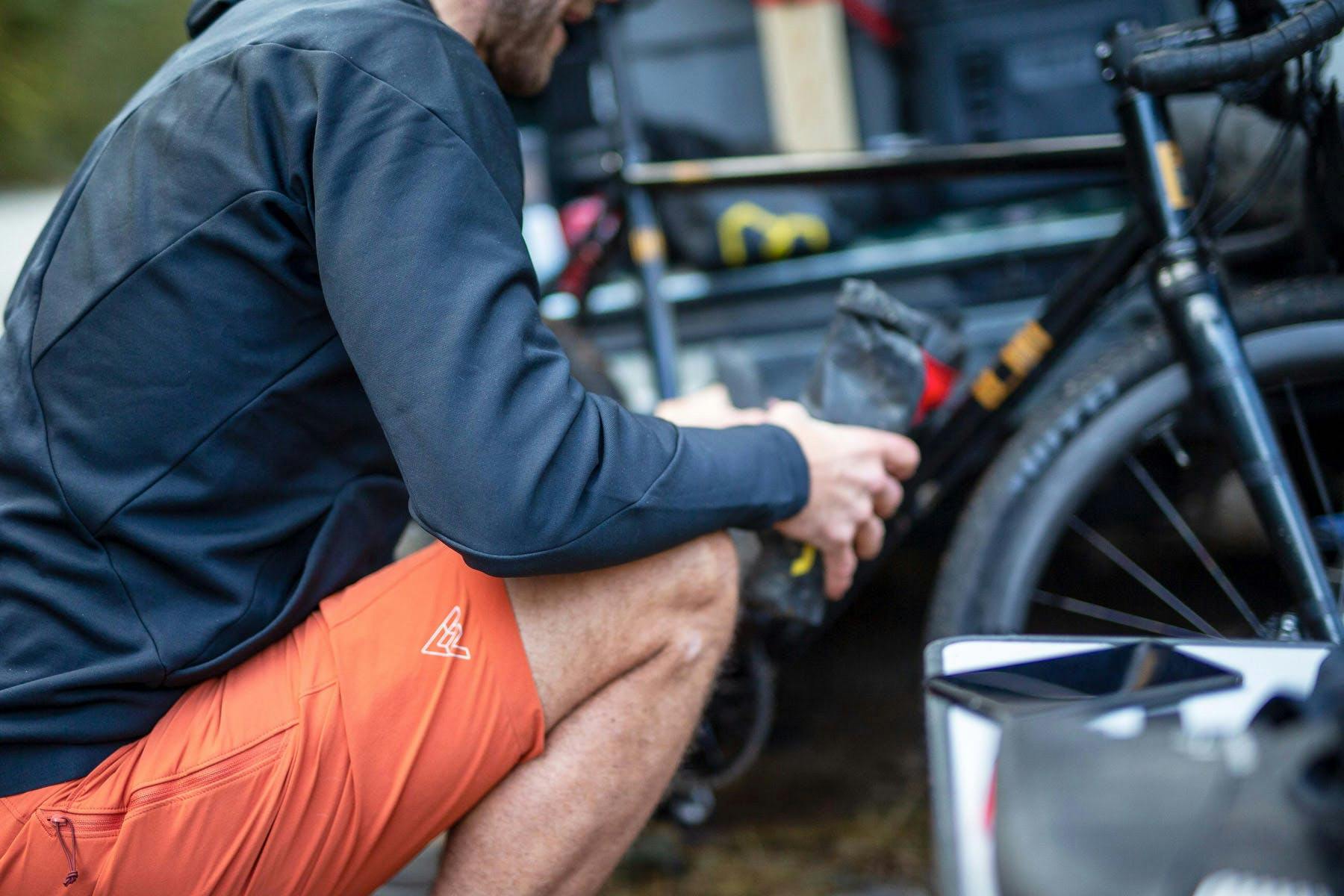
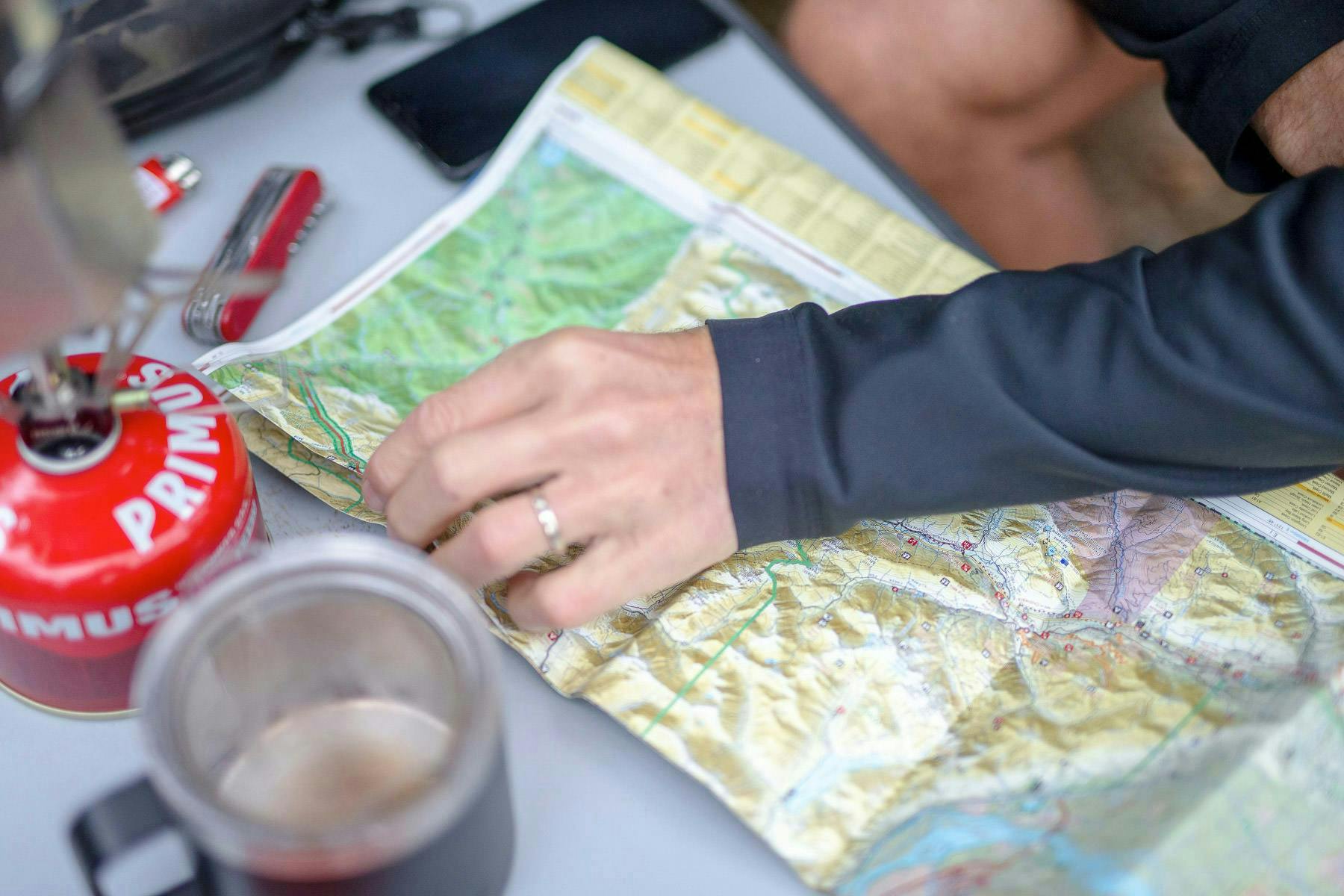
As his attitude to adventure has evolved, so has Svein’s approach to the kit he uses in the field. “The first time I rode to Alaska, I didn’t bring a stove, a tent, or a sleeping bag,” he admits. “I tried to do it like the old days, wearing wool and sleeping on a blanket and a tarp. I don’t know what I was thinking during that time, but it was something about travelling light and living off the land, as people had been doing for centuries.” Still, his bare bones approach paid off, despite the hard times he went on to endure. “I learned a lot. I learned to be able to make a fire in any kind of conditions, in any part of, well, Northern Canada!” he laughs. “There was a lot of great stuff that came with that. But now I’m more of the mindset that you don’t have to be so extreme. There’s all this great stuff now that can add to the experience. Like when I think of a 7mesh jacket – why wouldn’t I take that? It’s the best bloody thing you can have when it’s pissing rain all day. So as much as I came from a pretty minimalist background – and there’s a big part of me that hates consumerism – there’s a fine line between having gear that helps you, without weighing you down.” With stress? “Yeah, it’s about balance. I’ve seen some guys who are just all about the gear, and then their whole experience is just gear, gear, gear, packing, and unpacking. Anxious about this and that. And I could see myself very easily going that way,” he admits. “But the problem with that path is that it’s above the experience. Balance is about being in the backcountry and not obsessing about the weight of your titanium spork!”
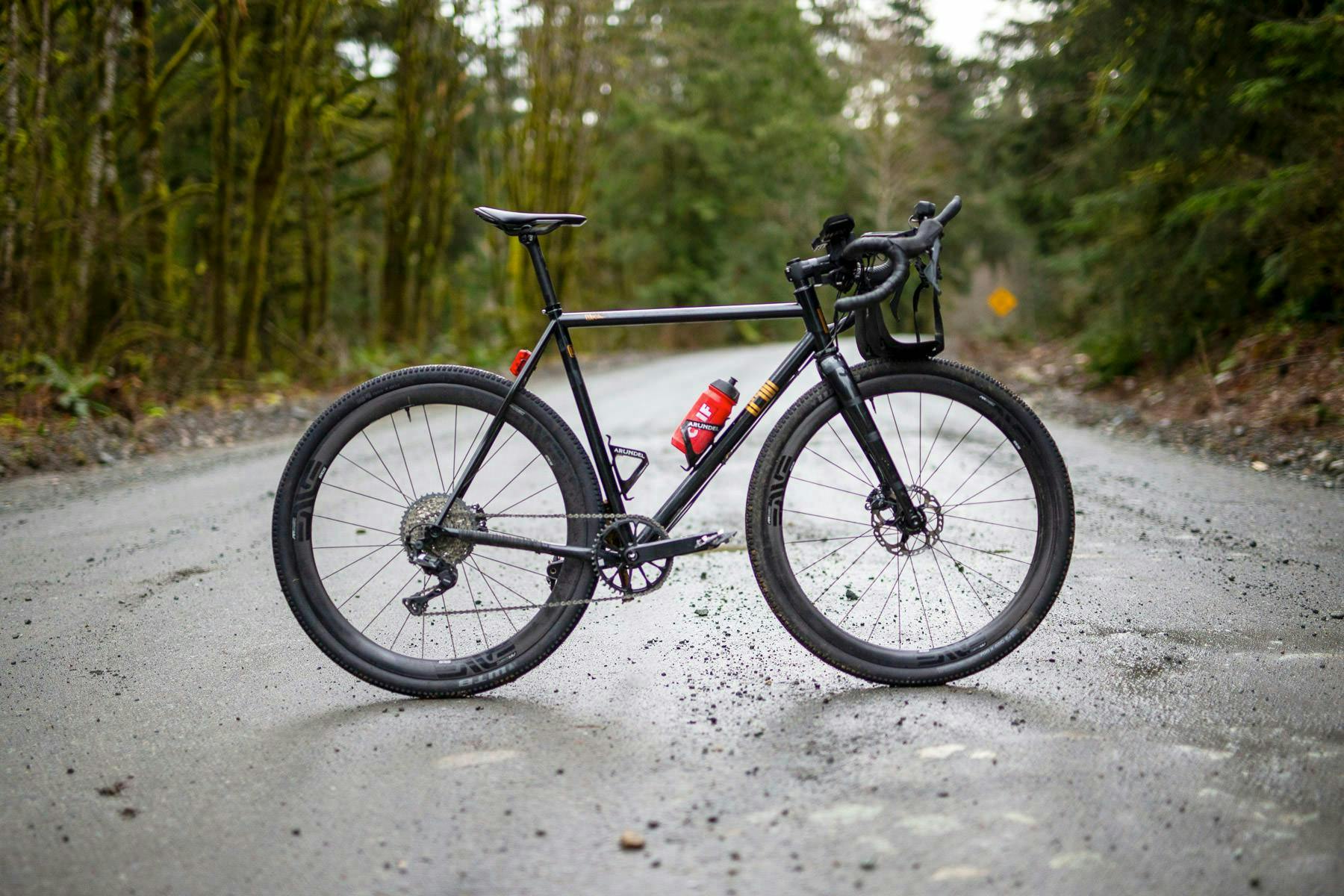
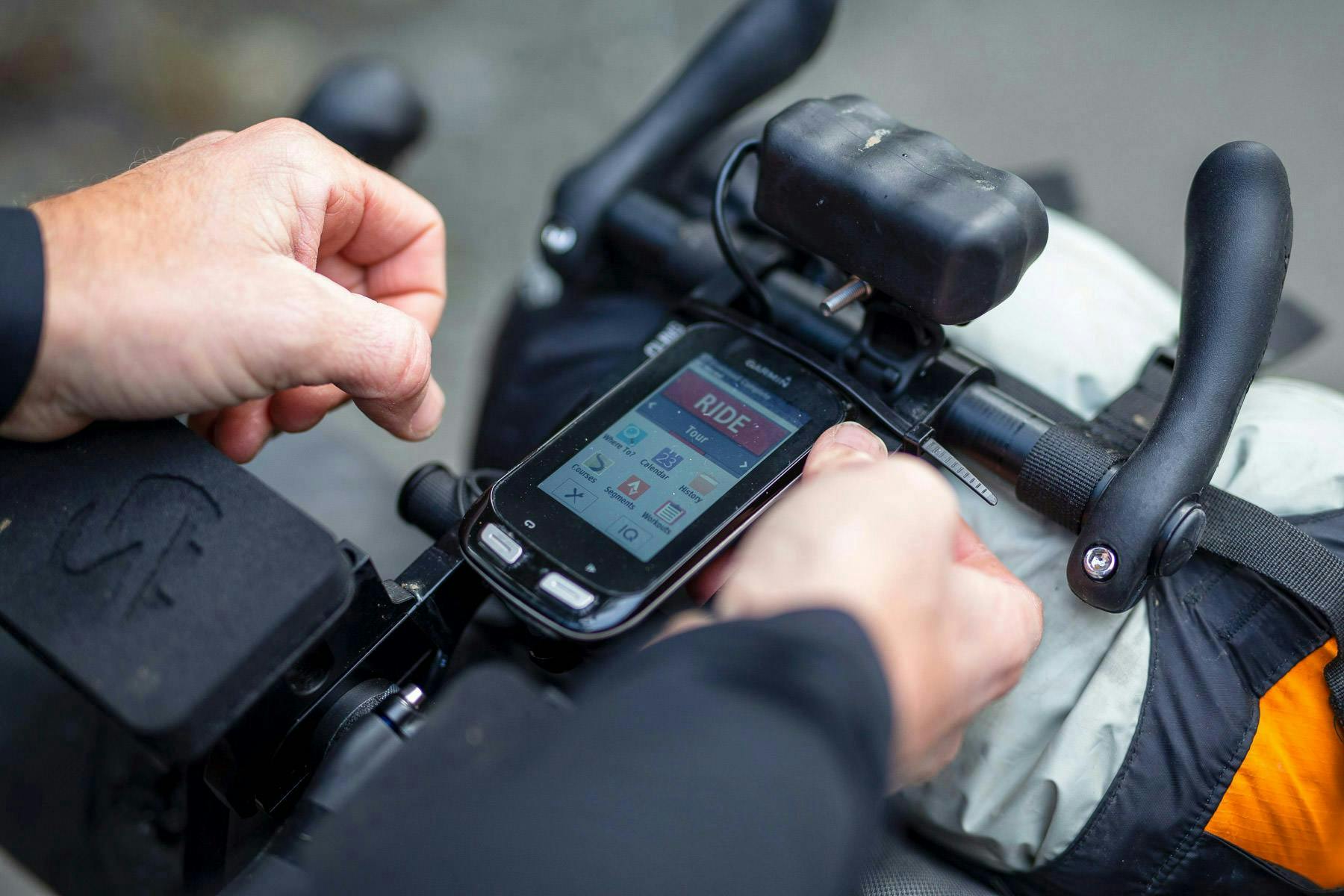
These days, the gear we use also extends to the digital domain, with subscriptions to route planning apps, as well as digital maps, chat boards and the wider internet at our fingertips. Given Svein’s old-school approach to the outdoors, you’d be forgiven for thinking he favours a strictly analogue approach when it comes to planning a route. Not so. “I’m a bit of a hybrid of all those things,” he explains. “I still love topographical maps to this day because I guess I have a hard time with the way the computer works. Of course like everybody, I use computers for route planning because they’re so good for getting down to the finer details. But I like to see the big picture, how the valleys lay and so forth. And if I’m keen on an area, I look at the map first, and I learn the lay of the land. And then when it comes to connecting passes, and finding out if there’s a way through that mountain range, like with a really low pass that maybe has a trail I’m a big fan of the route planning app,Komoot.”

Komoot’s European heritage currently lends itself to planning routes across the pond, but as Svein notes, for North American adventures, it’s getting better and better. “They’ve been awesome,” he enthuses. “The interface is very intuitive. Sometimes plans change, right? And there’ve been times when I’ve needed to unstitch a route on my smartphone and make a new one on the fly. For whatever reason, I just find doing that super easy on their system.” In such moments, Svein also calls out the Hammerhead bike computer for special praise. “When I want to see every little side road and every little trail, these Hammerhead guys have got it nailed – their maps show everything. And the screen interface is really, really great, as is their sync with the smartphone for transferring routes.”
“I think so much of life is just down to shrugging off the idea of perfection. Things are going to go sideways.”
But nothing is infallible, as an overlong hike-a-bike up a Spanish via ferrata (a climbing route that employs rungs or ladders) once proved. “Oh man, I was way out there, “he laughs. “I’d been hiking up and up with my bike slung across my back for hours. And it was all massive exposure. I was shitting my pants! The wind’s strong, the bike’s getting blown, but all the time I’m placing my faith in a route that I can no longer see but that the app tells me is there. I hoped there was a gravel road ahead over the top somewhere. But I didn’t know how long it would take to get there. Of course, I should have turned back. But it just shows that even though the data you have can be right, the situation on the ground can be very different,” he says. “Having the right gear in those moments is what get you back home safely.”
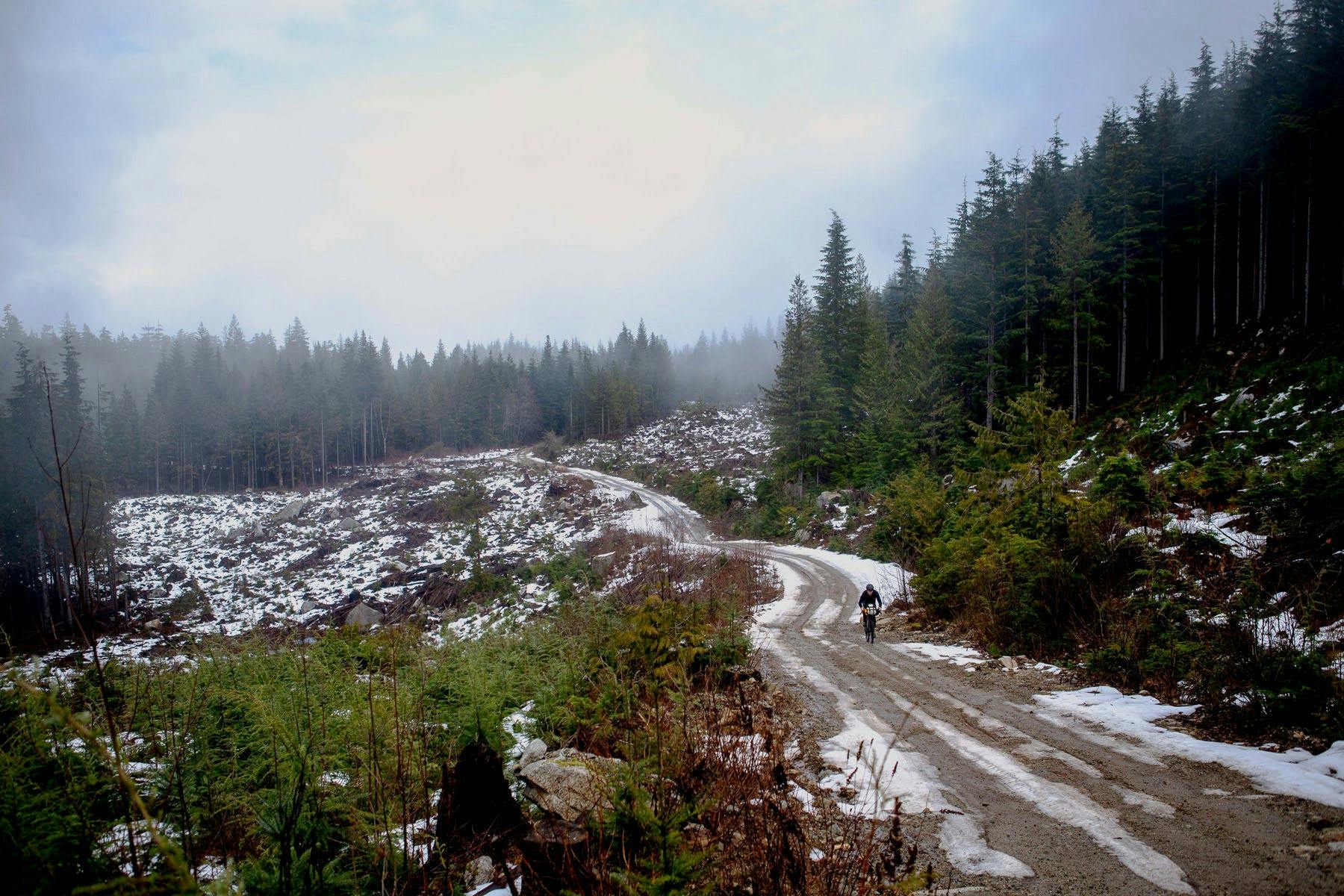

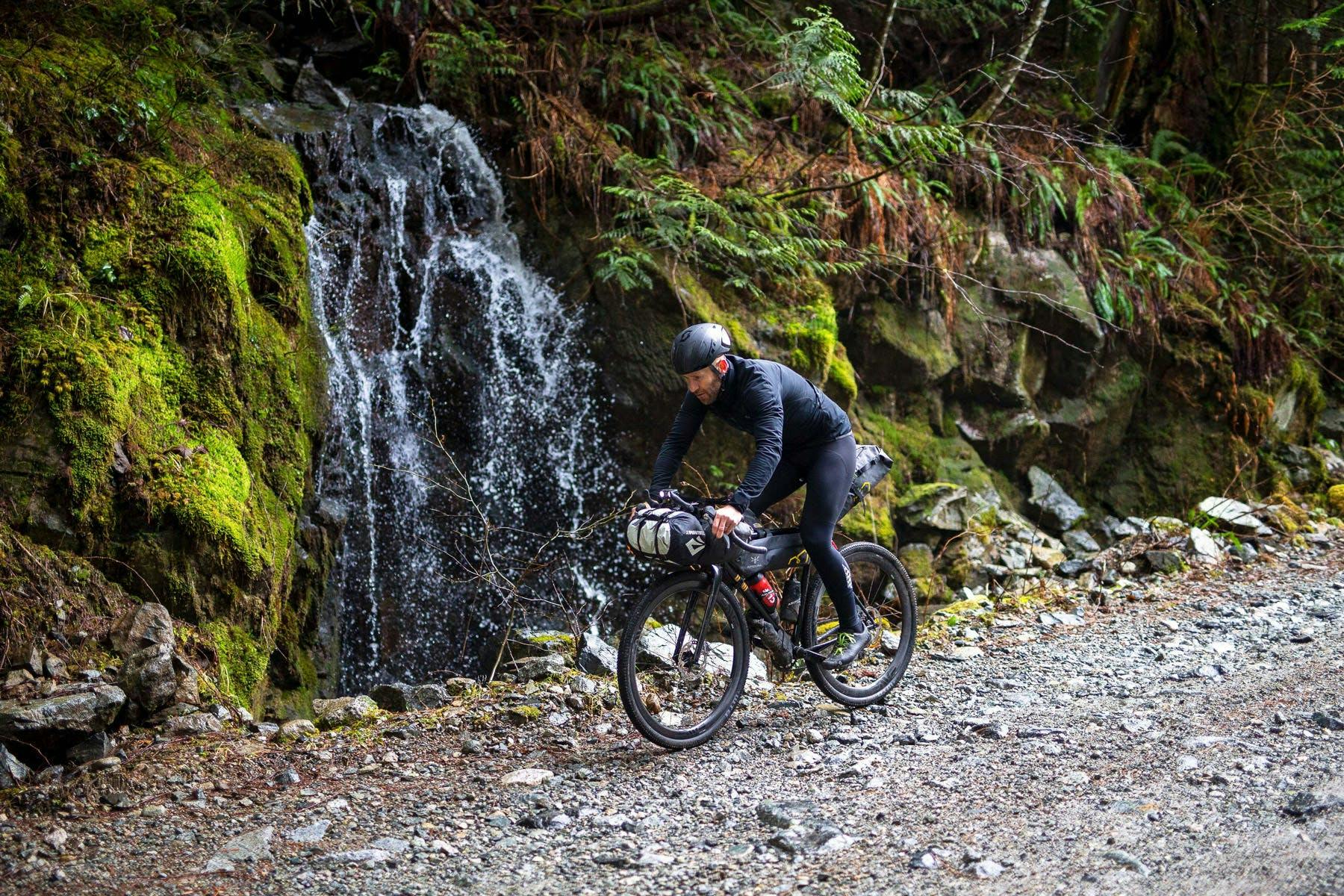
For those looking to bikepack or head out on a multi-day mountain bike trip for the first time, getting started can be one of the greatest challenges. What would Svein say to would-be adventurers? “First, you’re never going to be able to control the weather. It’s never going to be perfect. And of course, everything depends on what you are trying to accomplish. On really cold days you run into energy types of problems. And if you’re looking to get remote, you have to be far more dialled in as to what you’re capable of. So you’ve got to know your current limits.” In other words, start slowly? “Yes, exactly,” he says. “Start out doing a summer trip. You’ll run into some adverse weather even in summer, especially if you’re in the mountainous regions. And once you’ve experienced a bit of adversity, you’ll have a better idea about what you can endure. And at the same time, you’re going to adapt and grow and get more resilient. You’ll be a better rider.”
Naturally, the right apparel is also essential to the success of any trip, whatever the season. “Even on a summer trip, a warm jacket, like the 7mesh Primaloft Outflow, and a Gore-Tex waterproof jacket are crucial,” Svein says. “And then, well, you obviously need your sleeping bag and your bivvy bag, or your tent. I also like to pack a set of leg warmers, something like the Seymour tight (Hollyburn, for women), no matter how good the weather is, and a base like the Gryphon (for men and women). I have a few different base layer weights, and if I get wet, I rotate my base, replacing wet with dry. If you can do that, you’re golden for at least another two hours!”
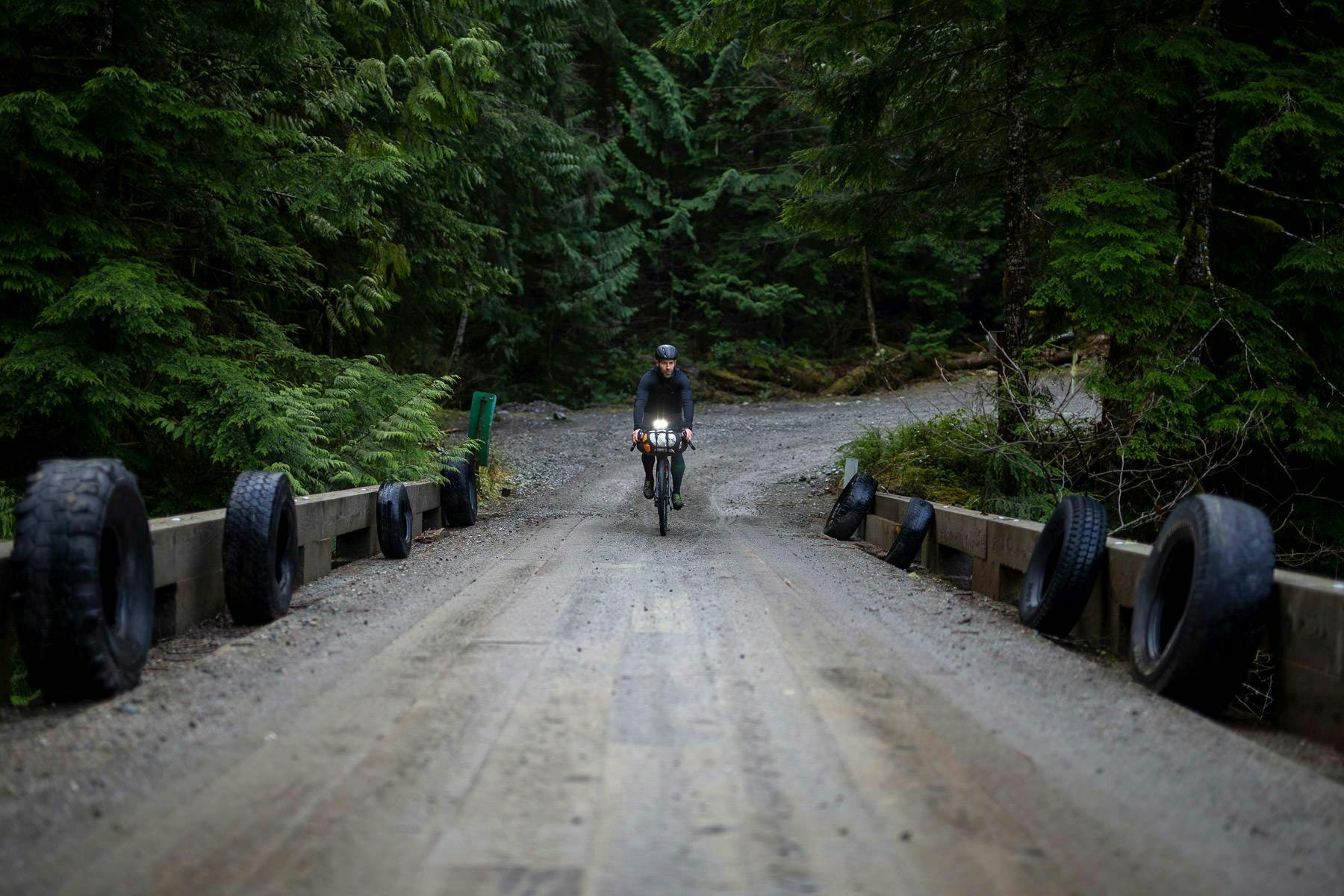
After talking to Svein for almost an hour, I get the sense that there’s something more than struggle that pulls him back to the bike, even with the many demands of a young family. “I’ll say this,” he begins. “For me to be a better dad, it’s crucial that I do this stuff. When I come back from a trip, I’m all in. It resets what I’m trying to do as a dad and all of those things. It sounds crazy, but I have to go away sometimes to be a better parent. And in saying that, as excited as I am to go on those trips, it’s almost like immediately I’m missing my family and wondering why I’m out here doing my crazy niches.” That’s one heck of a paradox. “It really is. And I don’t want to miss any of their lives, you know? The reality is that you have to be who you are to give the best of who you are. It’s a funny thing because my whole life I’ve just done whatever the hell I want. And then you have kids, and now it’s really about them. It’s about them having that awesome experience of life.”

